
The Conservation department plays a major role in the development of exhibitions at State Library Victoria, in collaboration with our designer and curators. Working behind-the-scenes, our conservators ensure all collection and loan material selected for an exhibition is in good condition and safe to display. Conservation recently completed the annual changeover of The changing face of Victoria. This exhibition presents objects from the Library’s collections exploring the people and stories that have shaped Victorian life. This year’s themes were water, work, camping, and coffee.
Over 150 items were prepared for display, from textiles to vintage coffee machines. For this reason, all of our Conservation specialisations were involved in preparations. The Library’s core collections are reflected in the specialist conservators who care for specific material types: paper, books, and photographs. Each material type comes with its own unique set of requirements for care, necessitating specialised skills in these particular areas.
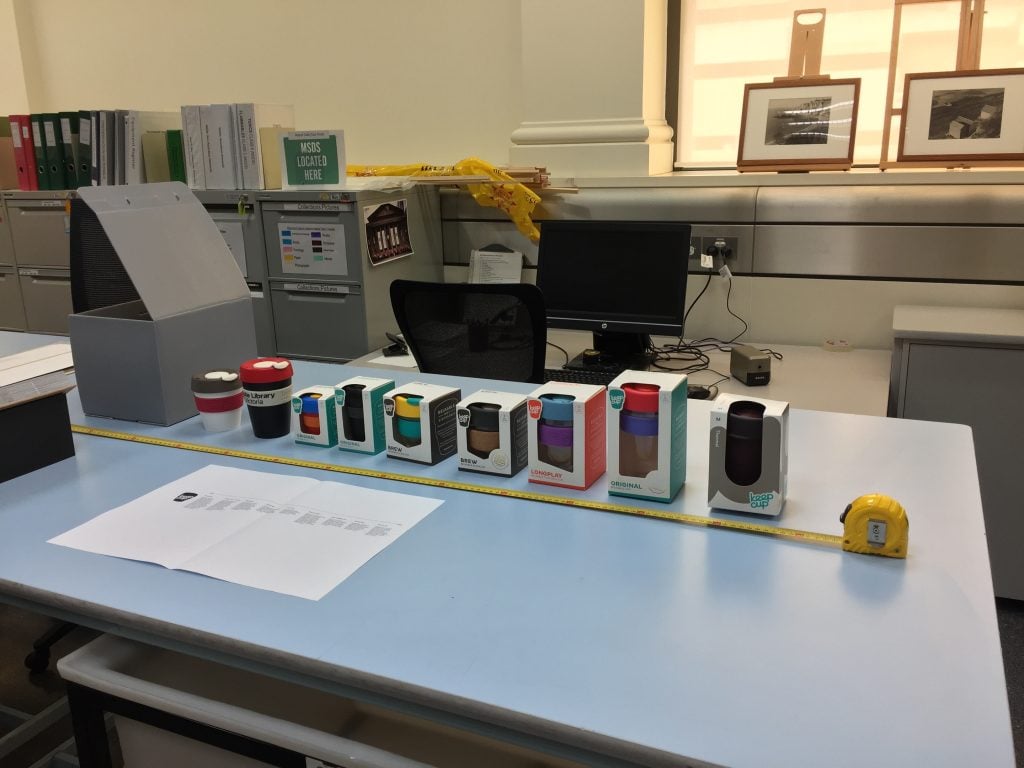
Initial stages
Once the curators have made their final selection, conservators assess each item to identify preventive conservation measures, environmental recommendations, treatments, and display requirements before preparing items for display. Conservation works closely with the curators to ensure all items selected are stable enough to withstand handling, and can be safely displayed for the duration of the exhibition.
For objects that are particularly fragile or susceptible to light-induced degradation conservators might recommend a shorter display period or reduced lighting in the gallery space. This is why you may have noticed some exhibition spaces more dimly lit than others.

Loans
Items on loan from institutional and private lenders require a formal report documenting the condition of the loan item upon arrival, which can be referred to throughout the exhibition. At the close of the exhibition, this condition report is checked again to ensure that no change has occurred whilst on display.
Conservation treatment
Conservators carry out treatments to stabilise collection items prior to display, which range from minor repairs to complex and lengthy treatments. This 19th century architectural drawing, Peoples Coffee Palace by architect William Pitt, required a gentle dry clean to reduce surface dirt, followed by flattening to reduce creases.
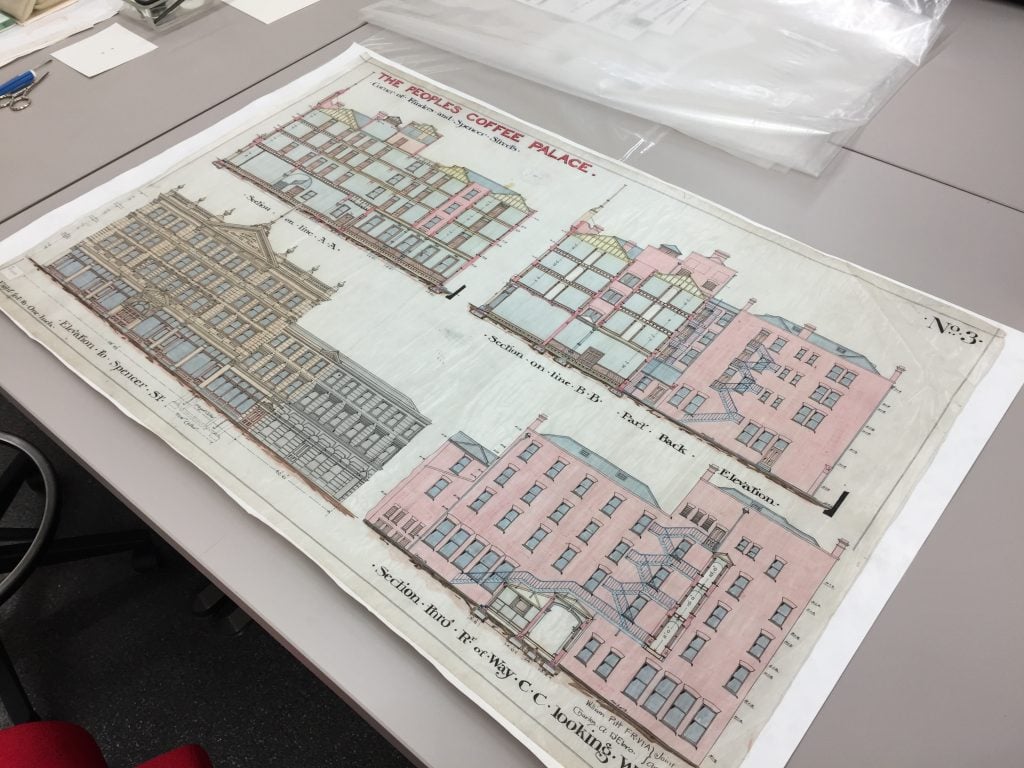
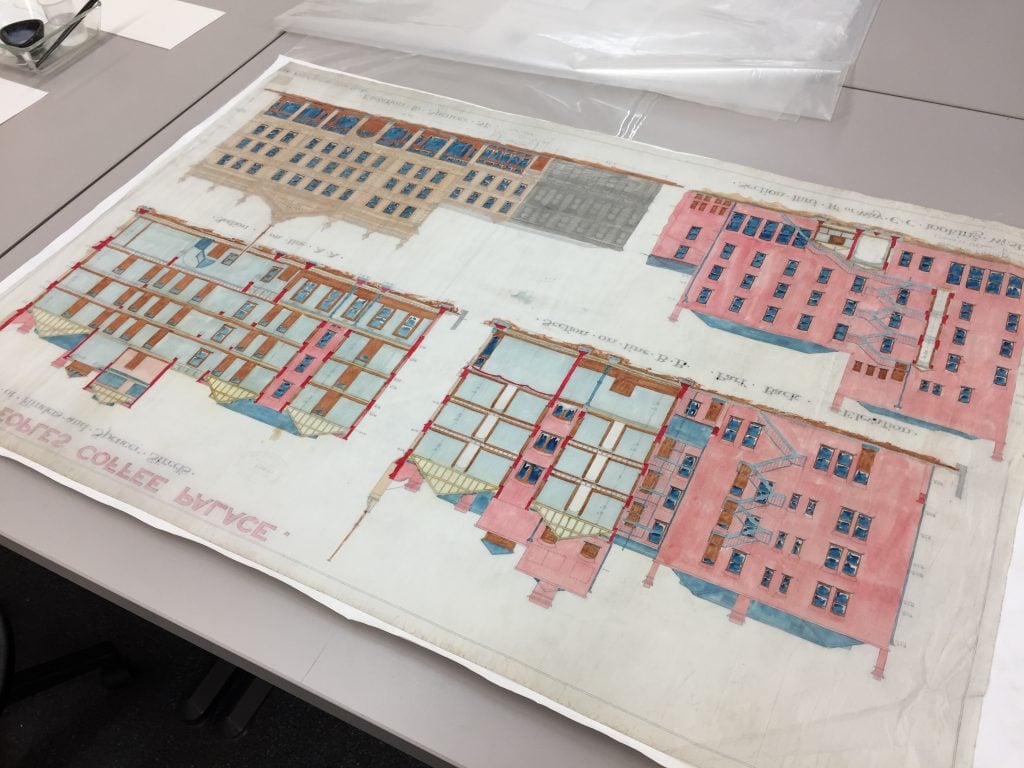
One of the perks of being a conservator is having the opportunity to examine the back of objects, as was the case with this drawing. The image appears much more vibrant and colourful when viewed from the back. These drawings were made on tracing cloth, a heavily sized fabric often used as a translucent support for ink tracing during the mid-19th to mid 20th centuries. The draftsperson traced the original drawing in black ink on the front of the cloth and painted the coloured highlights on the back, which are visible through the translucent support1.
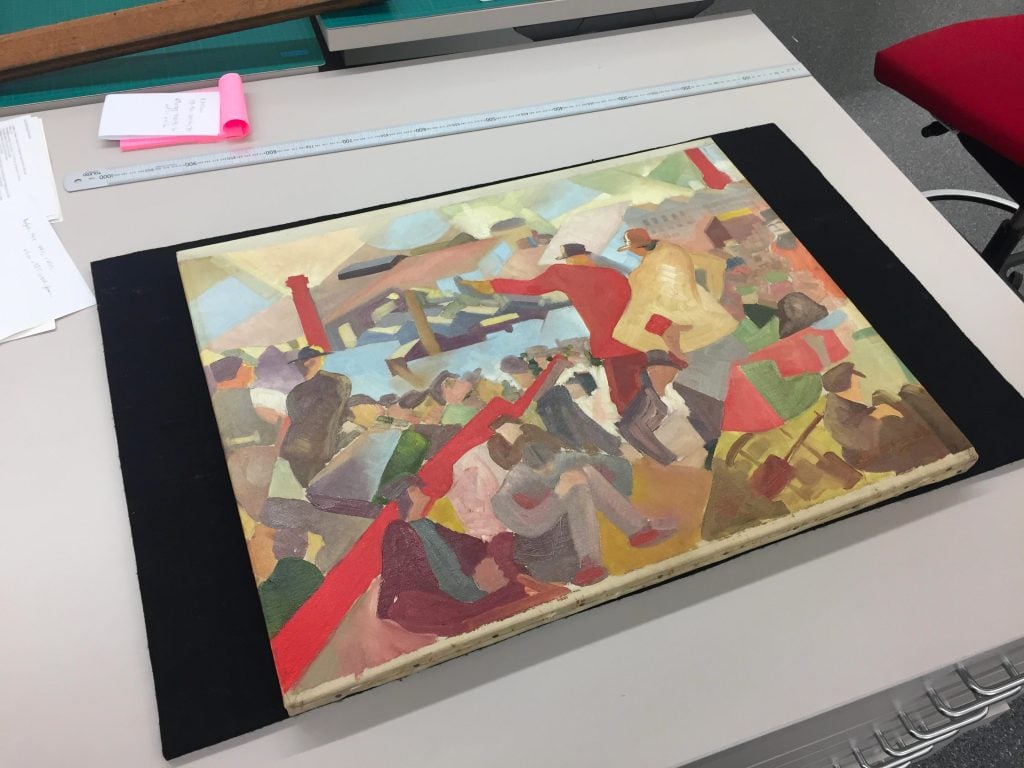
Patrick Harford’s painting Yarra Bank Meeting (1923) received a major conservation treatment prior to being installed. Assessment revealed that the painted linen had been resized onto a smaller stretcher than the original painted dimensions before entering the Collection. Sections along the left and right edges were obscured as a result. The entire painted surface can now be viewed following conservation treatment.

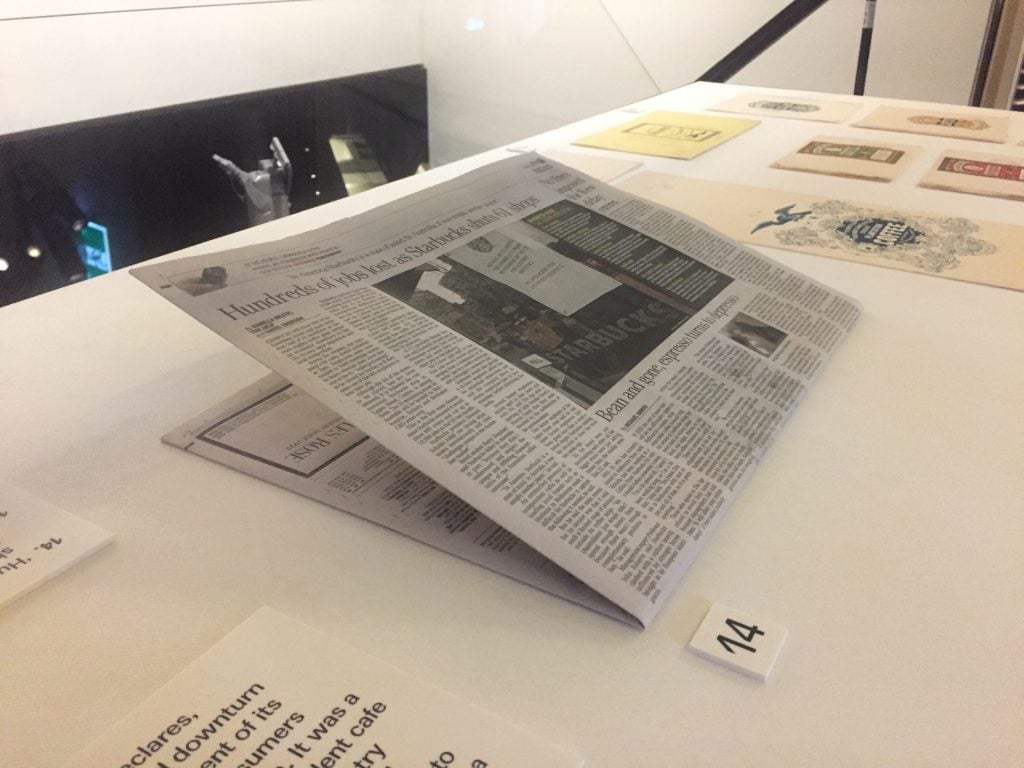
Customised display
Each object in The changing face of Victoria is unique and has its own display requirements developed in consultation with the exhibition designer. Conservators worked closely with our conservation technician and mount cutter to develop customised display systems for each item. All materials used in the construction of supports have been tested and are considered inert based on established conservation standards.
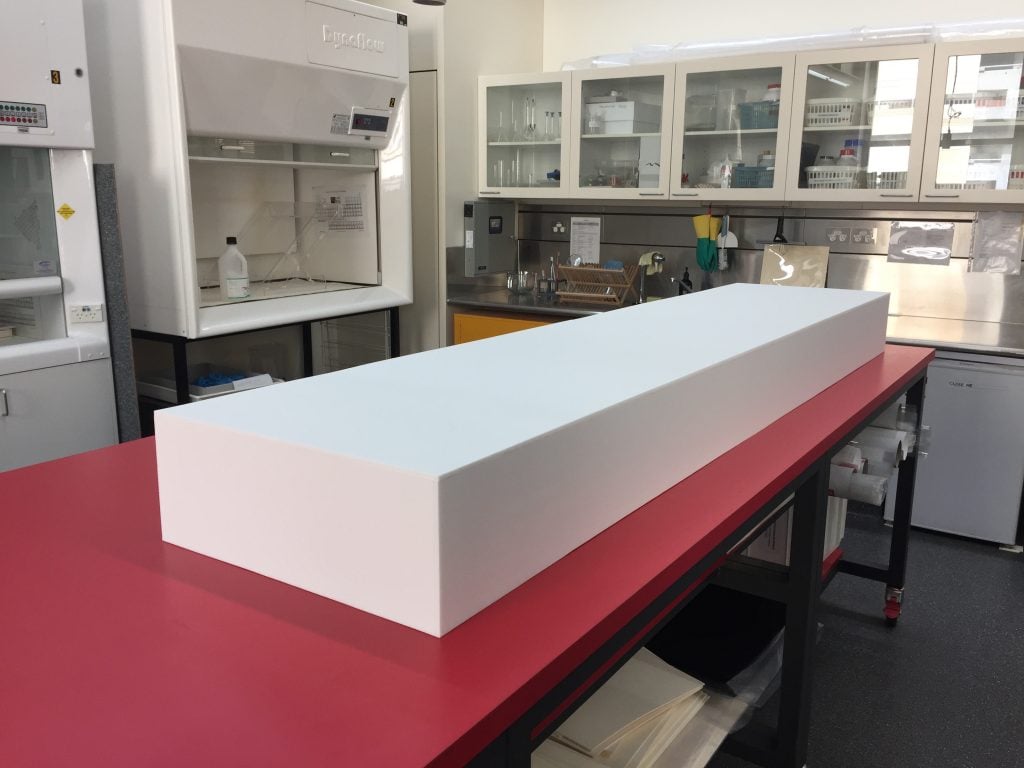
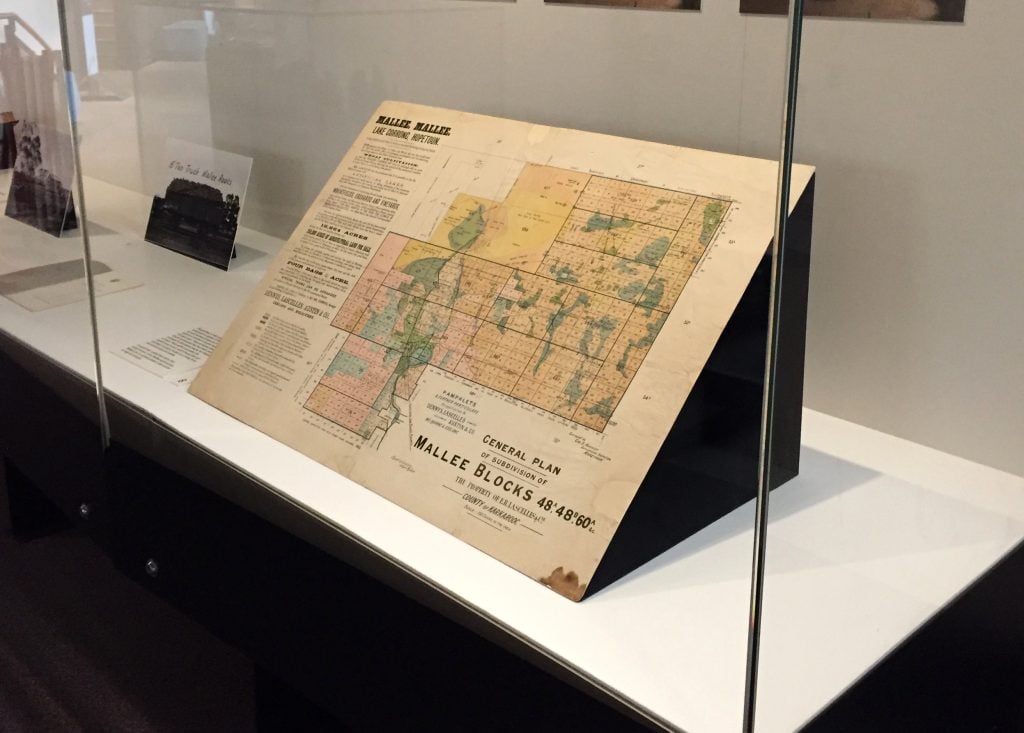
Many factors are considered when designing supports. The display method has to support the function of the object, whilst also considering its stability and condition. We endeavour to display items safely and in a way that the information presented is clearly accessible. Ultimately, a balance must be struck – each item must be displayed in a way that highlights its values, while also preserving the item for future access.
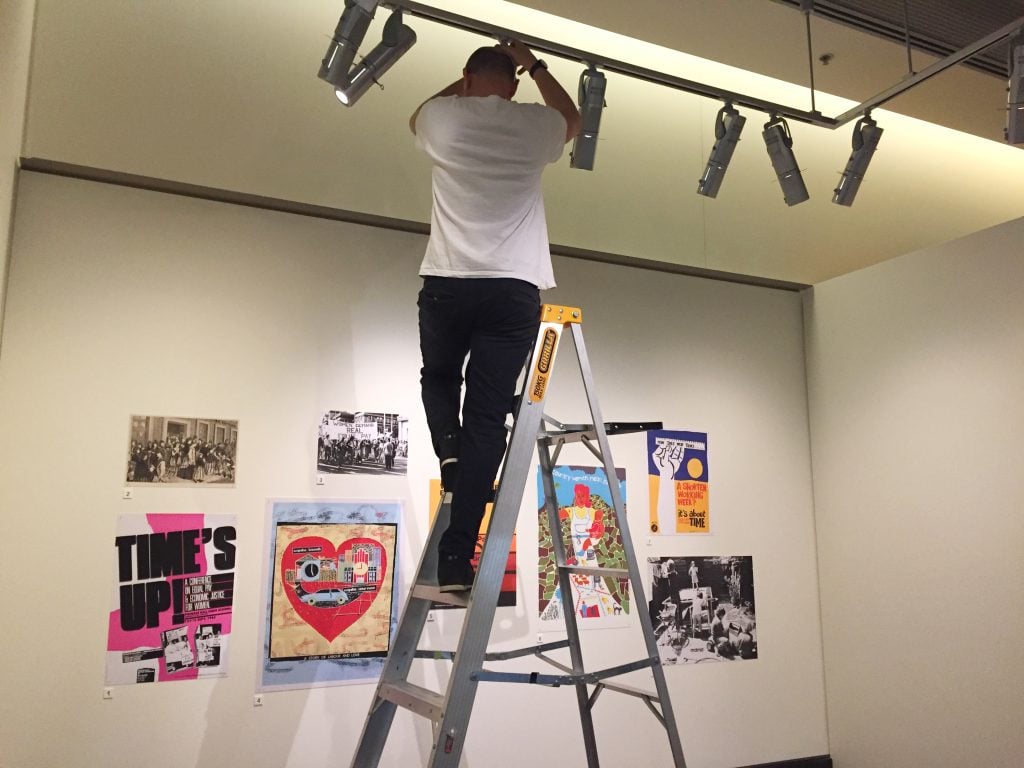
Installation
The Library’s curators and exhibition designer decide on the overall content and the exhibition layout. Once the exhibition build is complete, our conservators install the items with the support of experienced art handlers. The curators and designer are on hand to provide guidance with the positioning of items. It’s a collaboration that works well. When all of the items are safely installed and the curators have made final adjustments, the showcase are locked and ready to be viewed.

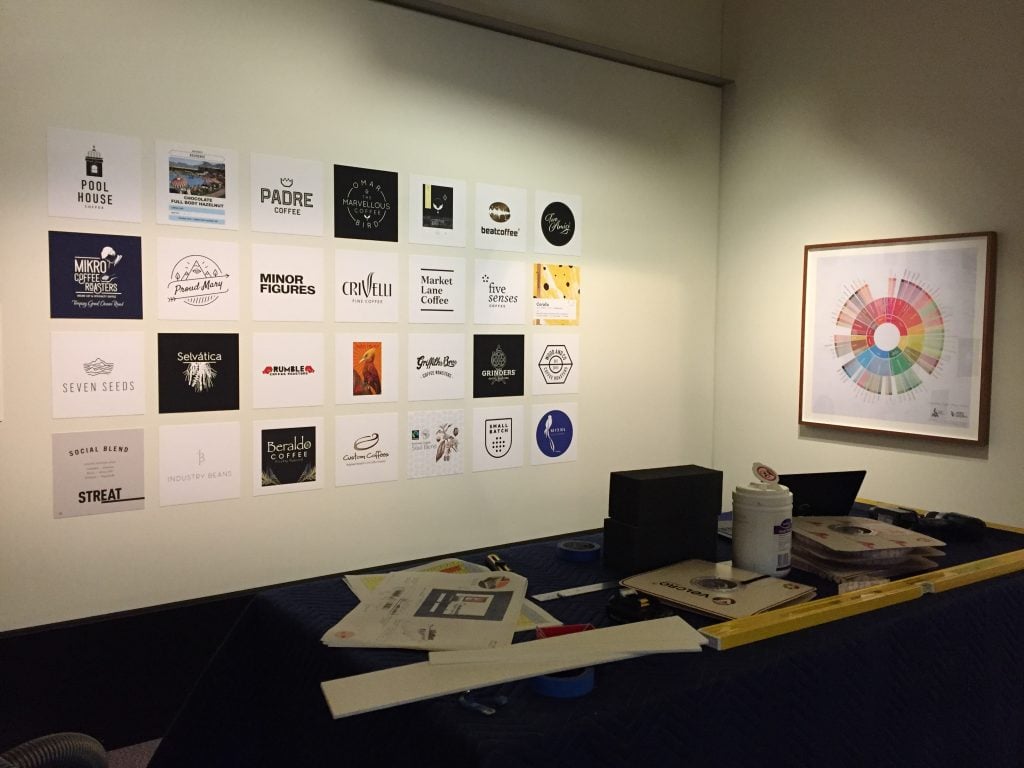
Maintenance
While The changing face of Victoria is on display, Conservation regularly checks the exhibition to ensure the items are safe. Exhibition showcases are routinely cleaned and the environmental conditions in the space are monitored. As you can see, the process of putting on an exhibition doesn’t end at install. We provide ongoing maintenance and care throughout the life of the exhibition and beyond.
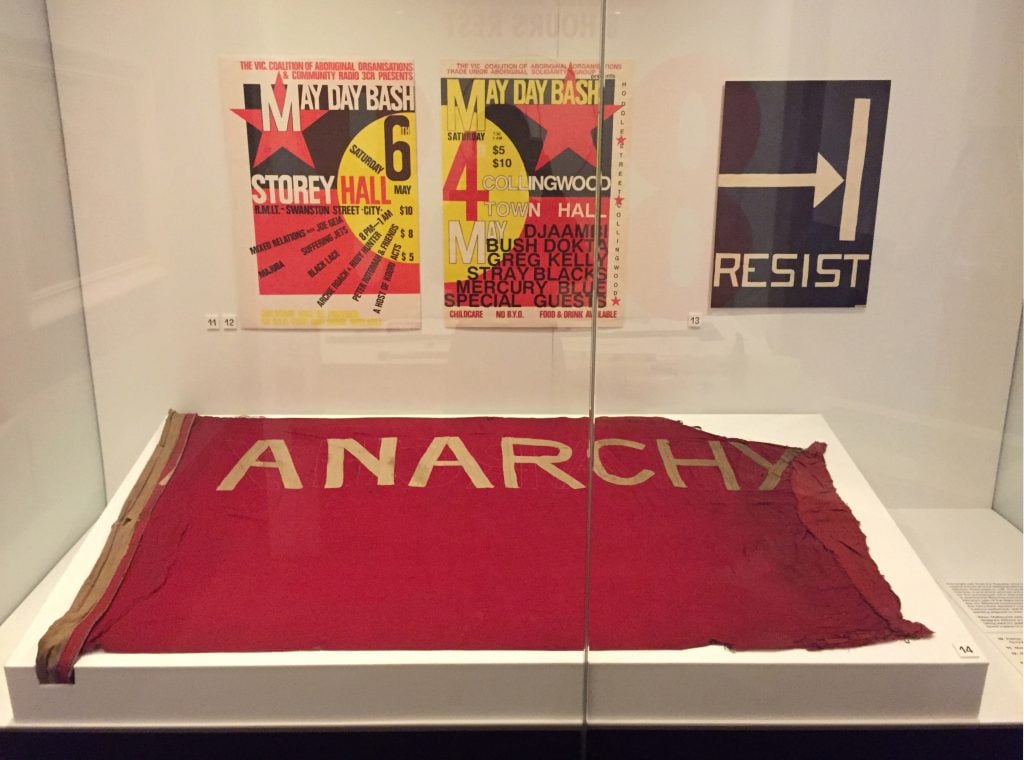
NOTE: KeepCups are currently in the process of being catalogued.
The Changing Face of Victoria exhibition is currently closed due to Stage 4 Restrictions.
References
1 Price, LO 2002, ‘In the black: ink-like photo-reproductions on tracing cloth’, The Book and Paper Group Annual, vol. 21, pp. 25-30.
More to Explore
Read more blog posts from our Collection Care team

